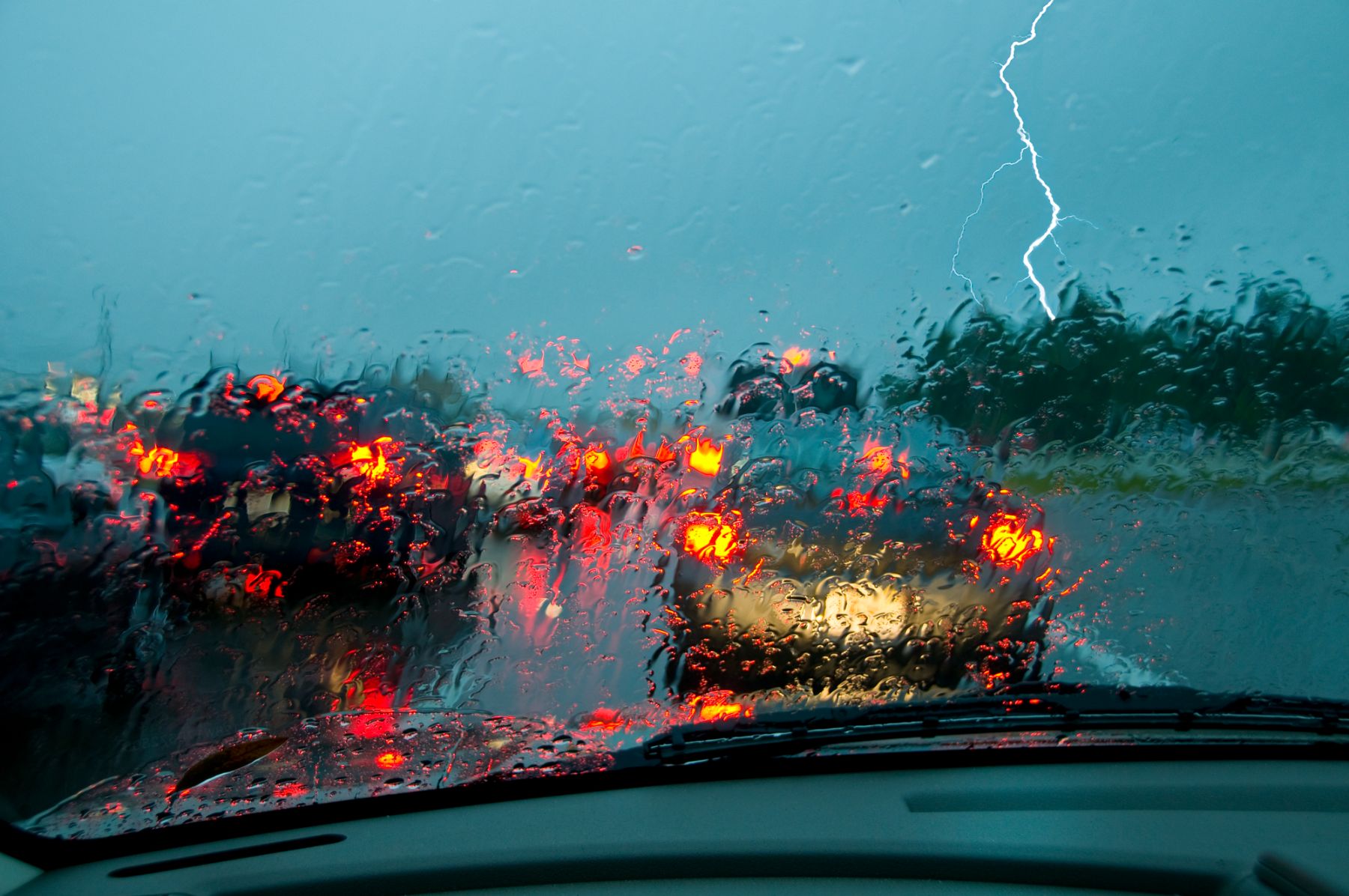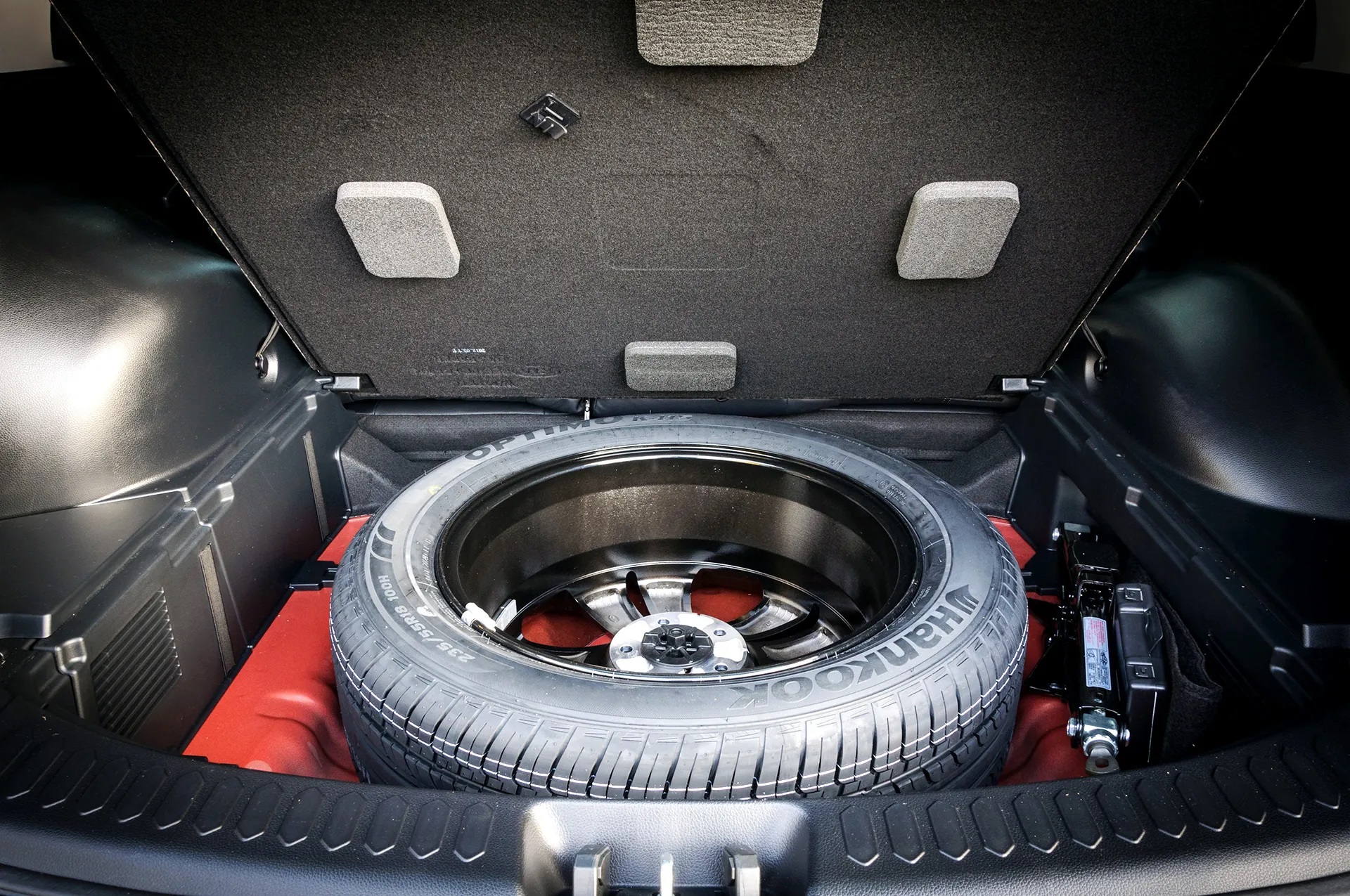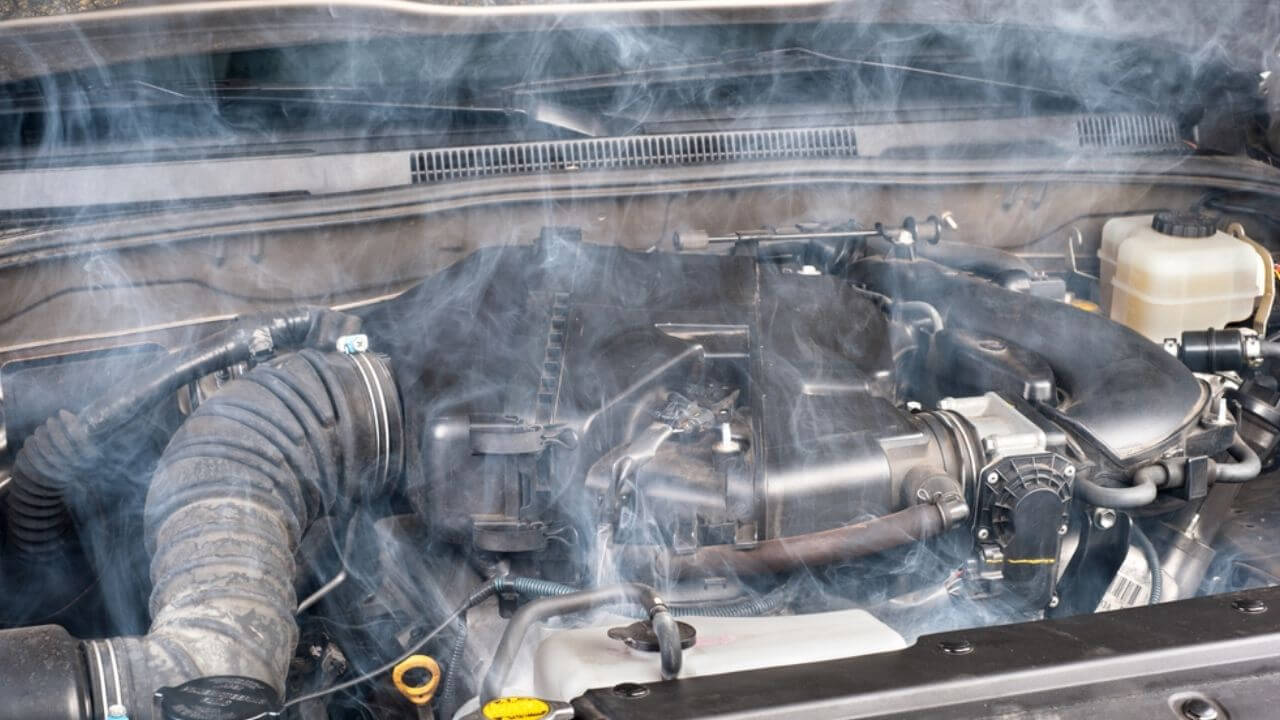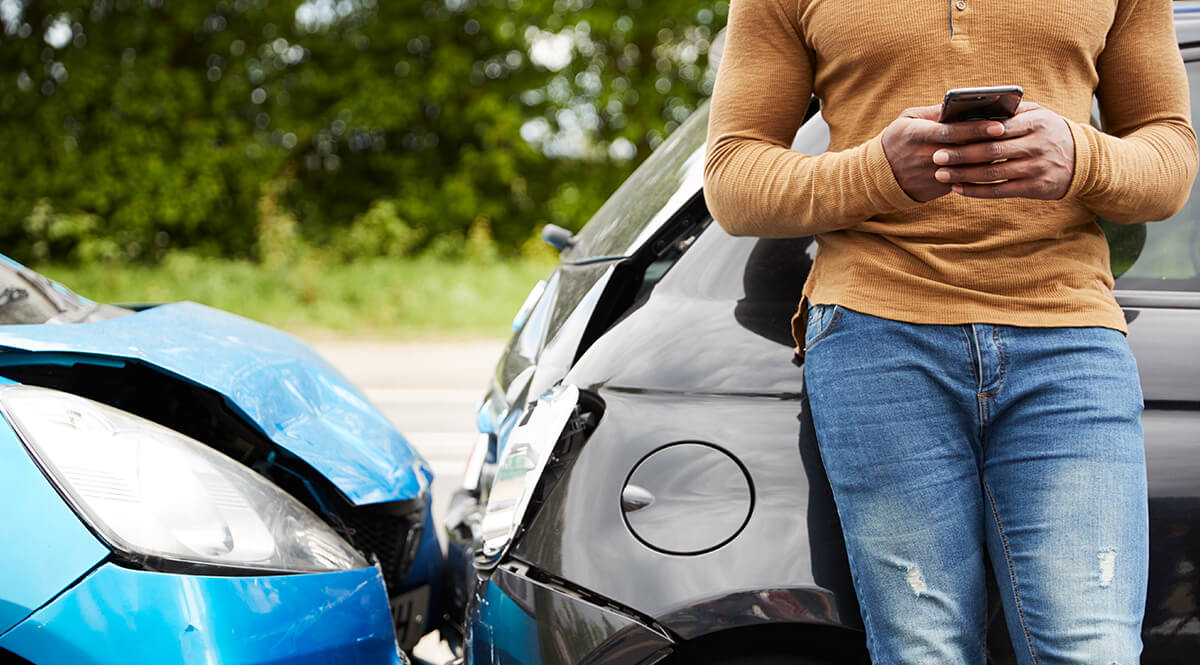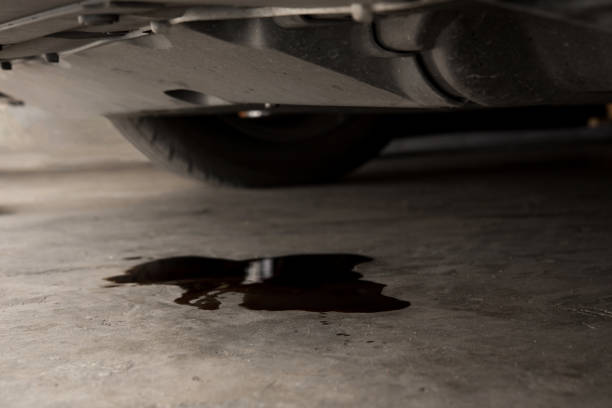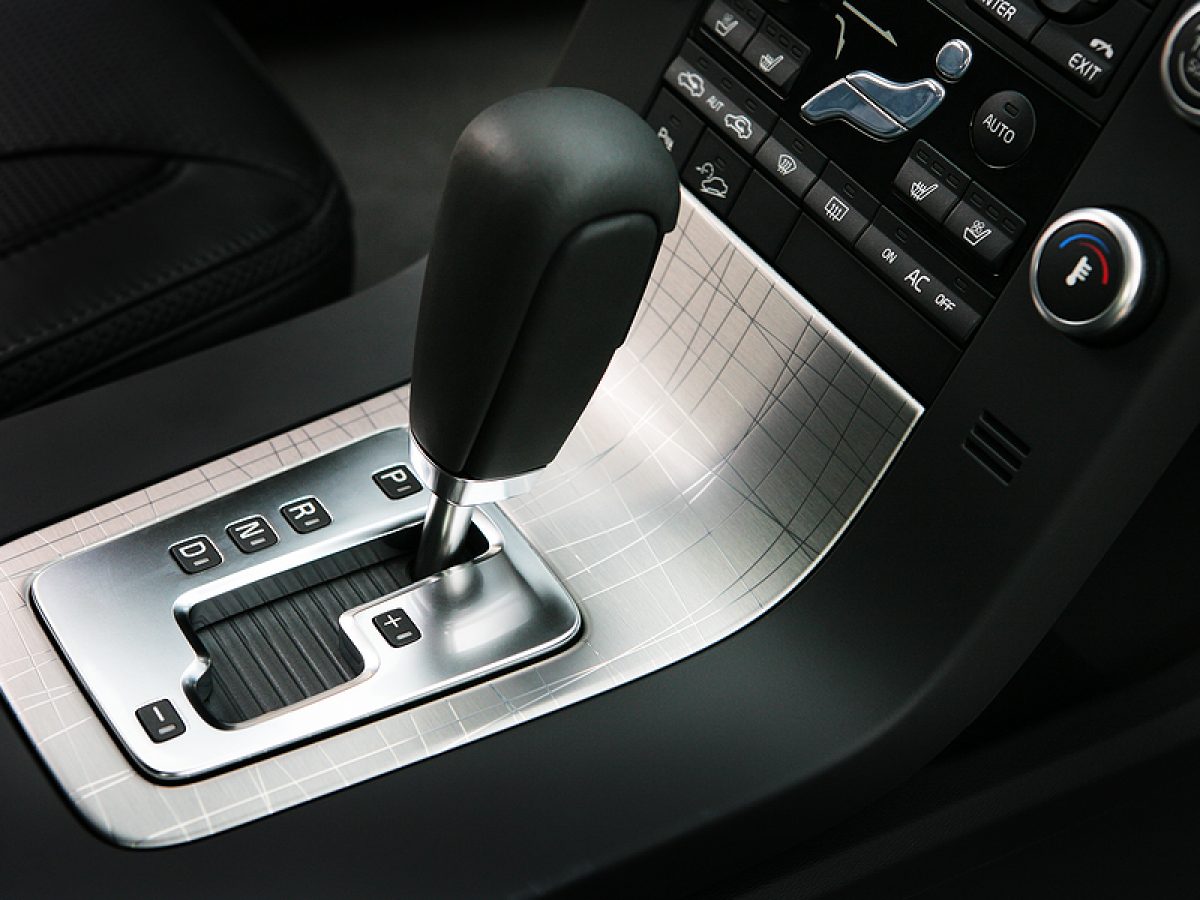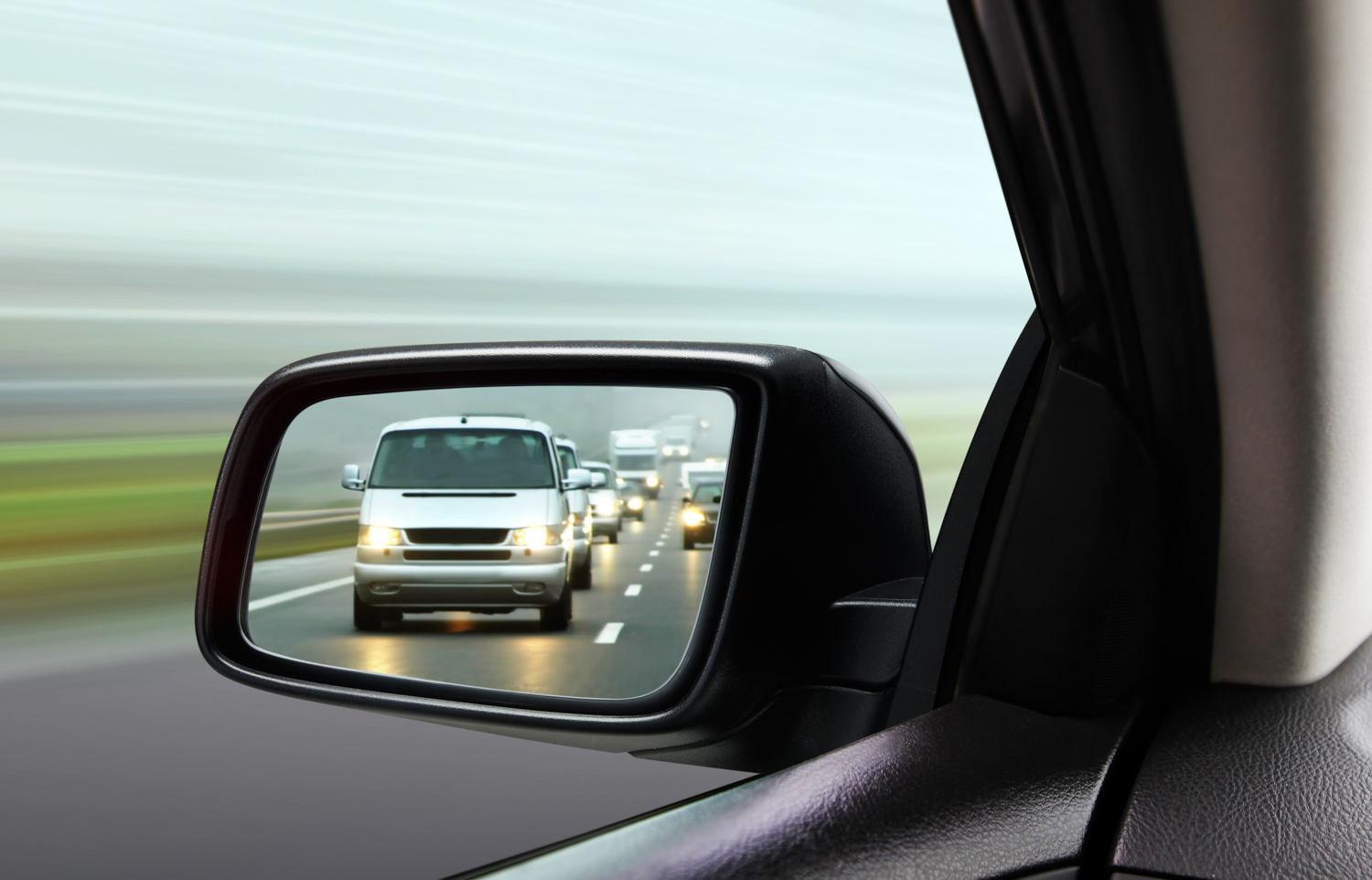Driving in rain, whether a sprinkle or a heavy downpour, can be one of the most difficult driving situations a driver encounters. Rainy conditions are directly associated with higher accident rates. No matter what part of the country you live in, it is almost certain that you will be required to drive your vehicle in the rain at some point. Knowing how wet roads and reduced visibility affects the way your vehicle handles will help you drive safely in rainy conditions.
1-Wait Until the Weather Improves if Possible
If you feel uncomfortable driving in the rain and can postpone your trip or commute, wait until the weather improves before driving. There is no reason to put yourself in danger if driving in wet conditions is not necessary.
2-Double Check Your Car’s Equipment
Make sure that your car’s equipment is in working order before encountering rainy weather. Check your headlights, tail lights, and windshield wipers to make sure that they will work efficiently when they are needed. Also check the tread of your vehicle’s tires. Balding tires can severely reduce traction on wet roadways.
3- Slow Down
Not only should you adhere to the posted speed limit when driving in wet weather conditions, you should drive considerably slower than you normally would. Wet roads are very dangerous. Your vehicle’s reaction time is much slower when it is raining. Reduced speed is imperative in rainy weather.
4-Turn On Your Headlights
Most states require drivers to turn on their vehicles’ lights while driving in rain. Even if it is only misting, turning on your vehicle’s headlights will increase both your own visibility and other drivers’ ability to see your car on the road.
5-Use Your Windshield Wipers
While this may seem like common sense, some people forget to turn on their windshield wipers in light rain. Most cars’ windshield wiper speed is adjustable to clear moisture from the glass in a light mist or in a heavy downpour. There are also several products available that can be sprayed or wiped onto the glass and claim to defer the collection of rainwater.
6-Maintain a Safe Distance Between Cars
Keep a greater distance between your vehicle and the car in front of you. Stopping your vehicle will be more difficult when driving in the rain. Maintain a distance of several car lengths between your car and other vehicles.
7-Avoid Heavy Braking
Try to slow your vehicle by taking your foot off the accelerator earlier than you normally would in preparation to slow down or stop. Don’t use cruise control so your attention on using both the gas and brake are in tune.
8-Watch Out For Standing Water
Driving through standing water can cause hydroplaning to occur. Which is when you lose traction and skid across the surface of the road. To avoid hydroplaning, drive around places where water has collected by changing lanes or safely steering around such areas.
9- Let Off The Gas When Hydroplaning
Hydroplaning is one of the most common car accidents in the rain because drivers can lose control. If your car hydroplanes, calmly take your foot off the accelerator and steer in the direction that the front of your car needs to go. Avoid making sudden turns or slamming on your brakes.
10- Ventilate Your Car
Rain causes humidity levels to increase. You may find that your vehicle’s windows become foggy when you operate your vehicle while it is raining. Most cars’ ventilation systems include a function that will work to reduce this type of fog that develops on the interior of your windows and windshield. It may be necessary to pull over if you are no longer able to see through your windows.
(https://driving-tests.org/)

